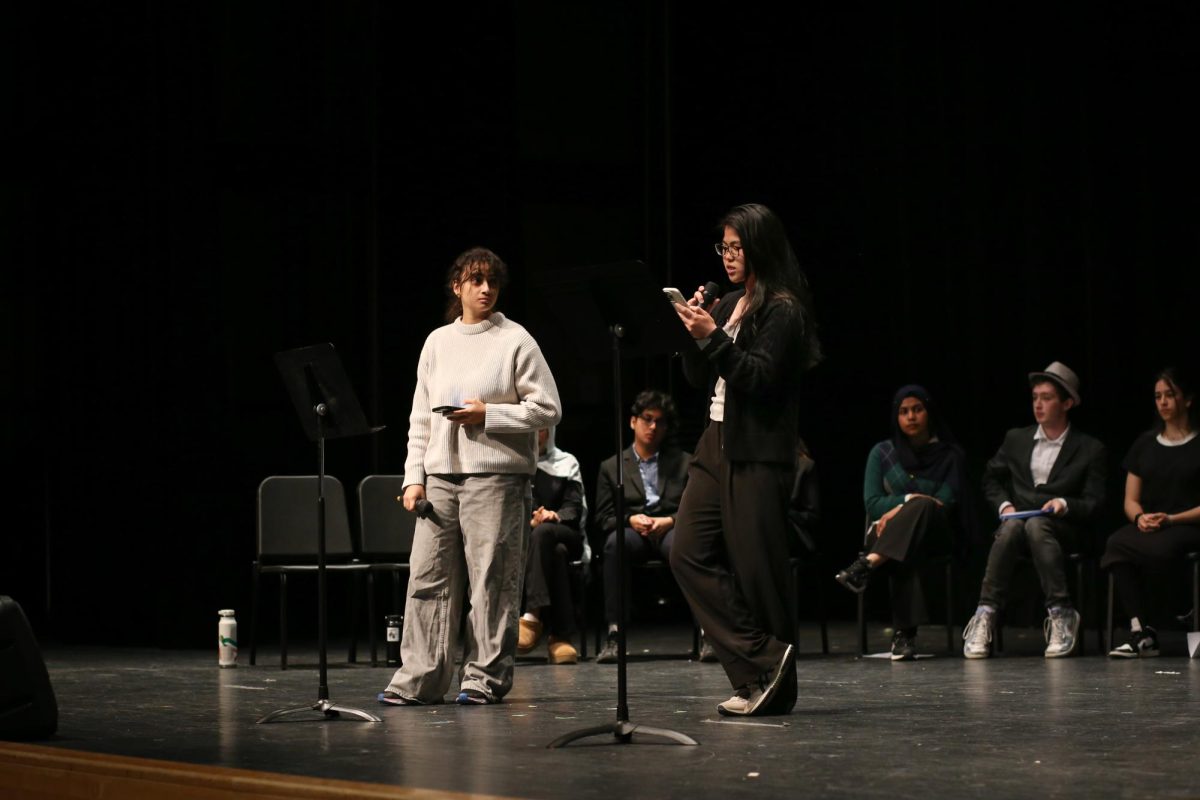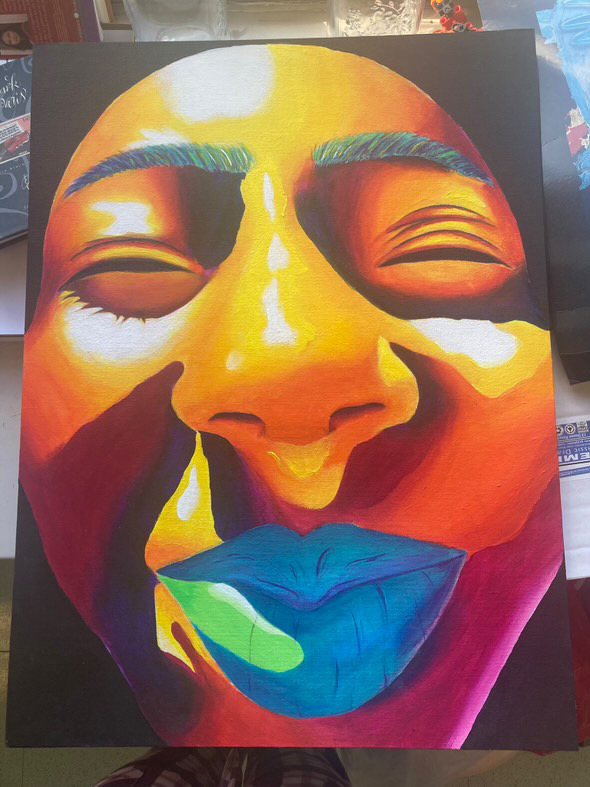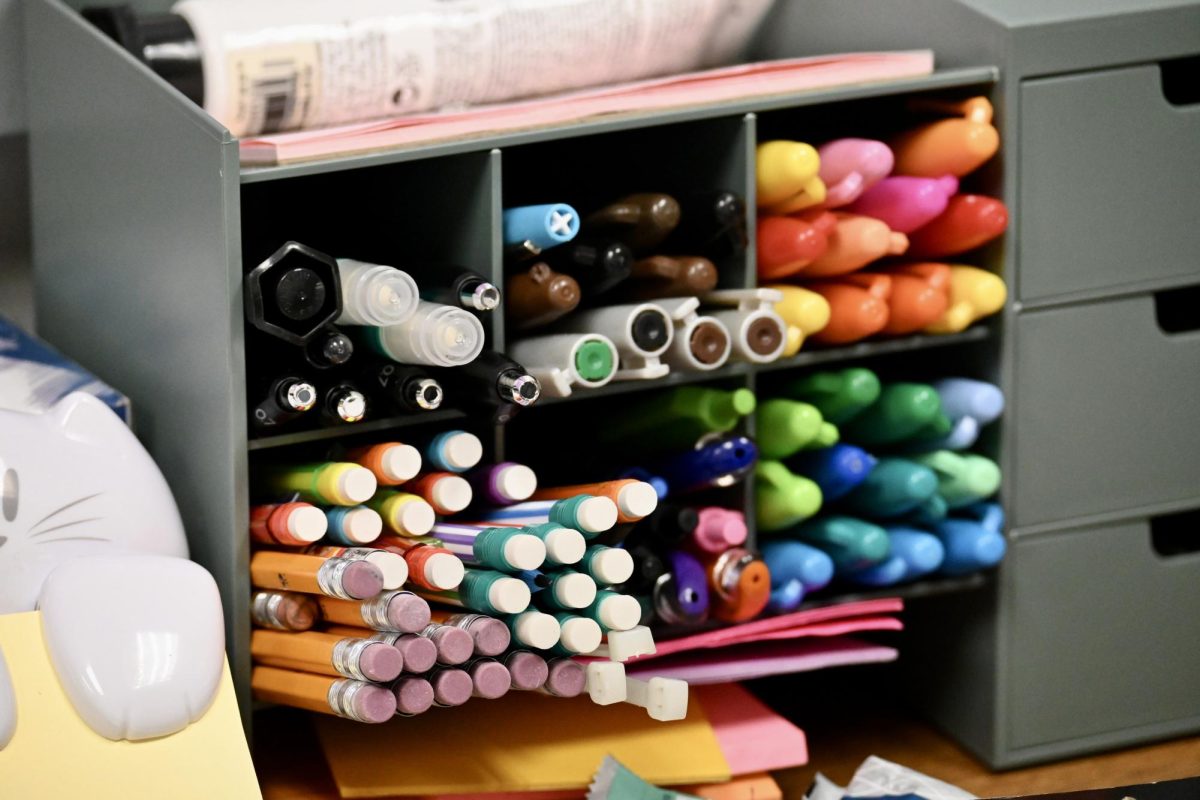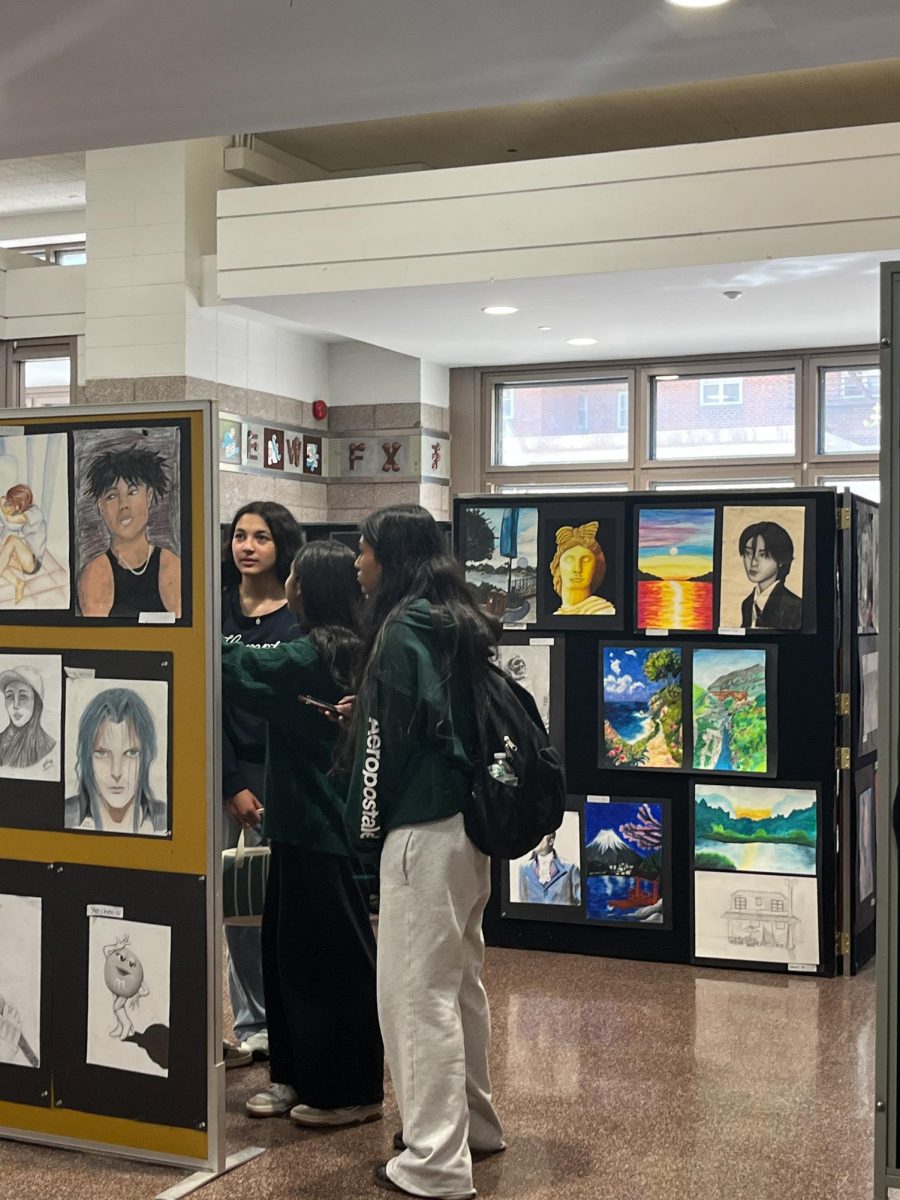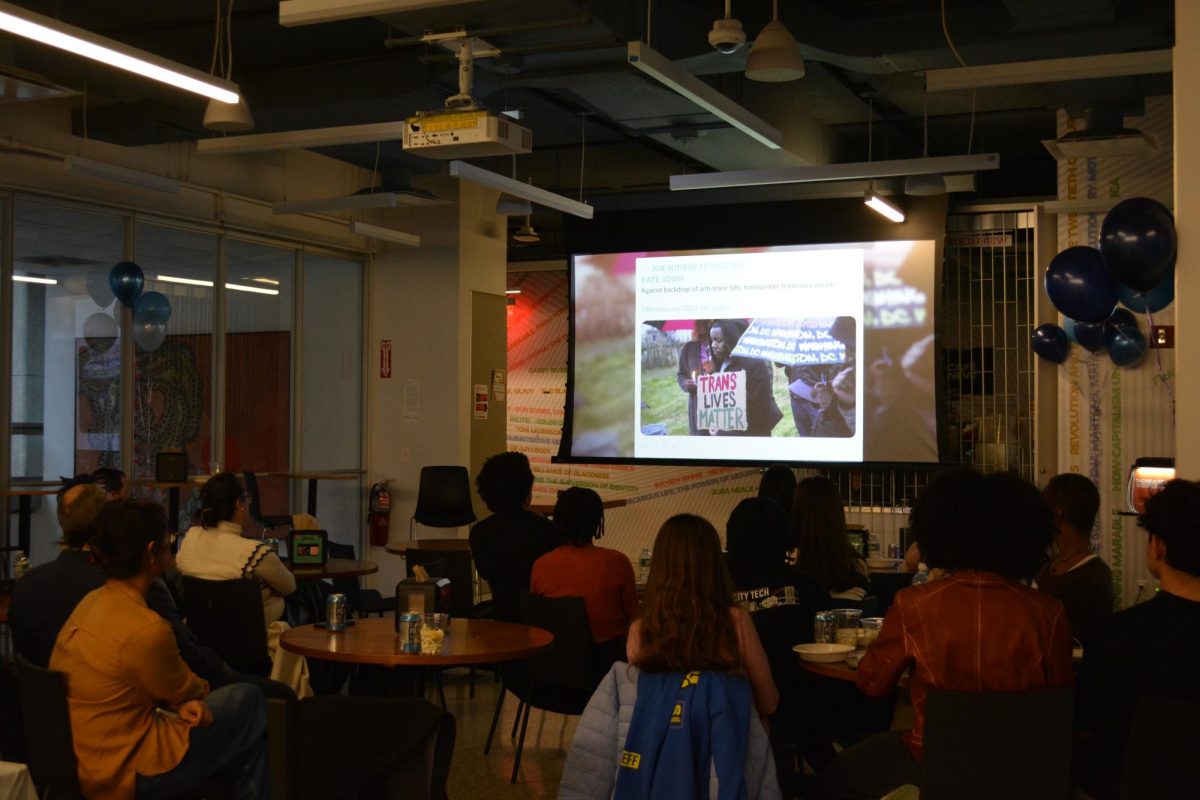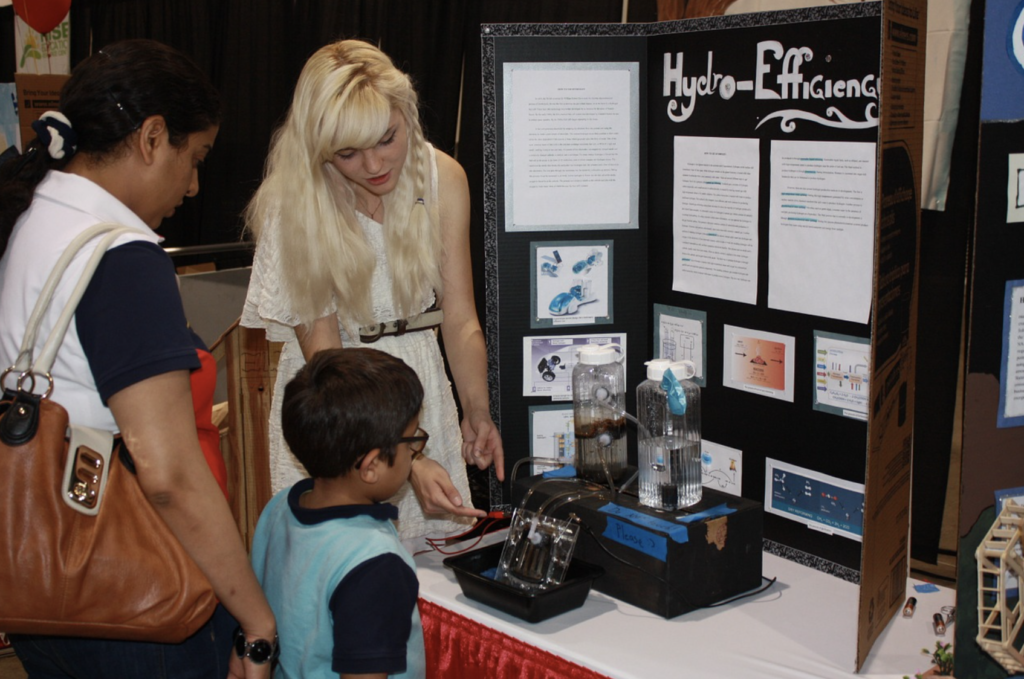
Harrisites who took part in research opportunities throughout the year competed at the New York City Science and Engineering Fair (NYCSEF) early this March. NYCSEF is the largest high school research competition in NYC. The fair is sponsored by the partnership between the City College of New York (CUNY) and the New York City Department of Education (NYCDOE). The fair aims to promote scientific exploration and enthusiasm through formal experimentation.
Science research teacher Katherine Cooper explained, “The competition is a platform to showcase science and science research that is occurring at the high school level and allow the high school students to start building connections to scientists and other students doing research to support them in the future.”
Across the five boroughs, approximately 700 students participate in the fair annually. Students were given time to set up and organize their poster boards by category (Microbiology, engineering, etc.) before the judging period commenced.
“There were more than 400 projects that encompassed all different categories, and students would stand by their poster to wait for judges to come by. Each group was required to talk to 3 judges, and said judges would listen to each project and pose questions for clarification… There were a variety of different presentations, ranging from medicine to mathematics,” junior Josephine Chen commented.
Ms. Cooper was a mentor for students participating in the NYCSEF competition. She explained that the fair is a means of showcasing research projects in the sciences and engineering with the help of a mentor to refine and improve original student work.
She added that the fair is “a screening process to help decide who is going to represent the city at the International Science and Engineering Fair (ISEF) in May.”
Despite the large number of students who unfortunately did not progress to ISEF competition, NYCSEF was still regarded by many students and mentors to be a fun, satisfying, and enriching experience.
As students explored the wide variety of fields of science, they saw the manifold of scientific research. Following the judging period, there was a public viewing session where students were able to learn about their peers’ experiments. Junior Cathy Choo explained,“I was really shocked by the complexity and sophistication of the research these high school students were conducting. Some people were studying cancer cells and some were focusing on topics I hadn’t even heard about. Everyone looked really prepared and eager to show off their findings, regardless of how successful their [results] actually were.”
Despite NYCSEF being a collaborative learning environment, students were very focused on its competitive aspect. “The main talk was about how a junior found a planet,” Cathy continued.
While looking at projects, Ms. Cooper asked other students about their motivations behind the students’ research content. “For one of the students, she was studying cancer because her mother was a breast cancer survivor. One kid was studying space because he fell in love when he read Stephen Hawking’s A Brief History of Time,” she recalled.
After the competition, the students agreed that, despite the countless sleepless nights, NYCSEF was a unique learning experience. Ms. Cooper emphasized that NYCSEF “stimulates scientific enthusiasm. When [a student] gets a keynote from someone like Neil DeGrasse Tyson, or President Obama, how can [he/she] not be motivated and inspired?”



